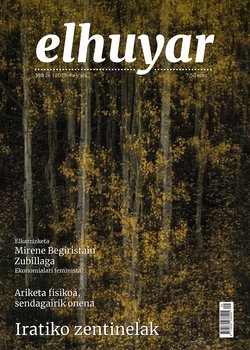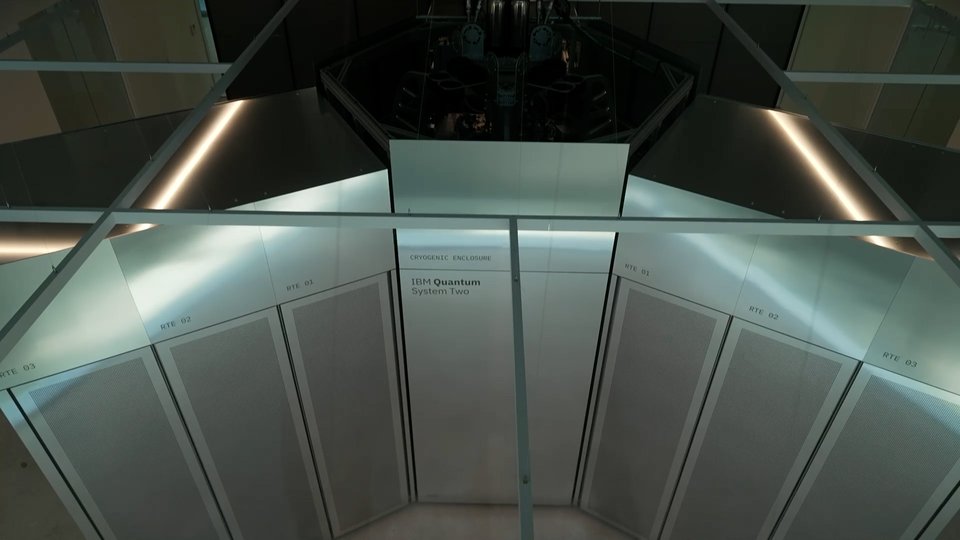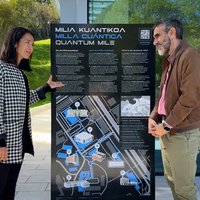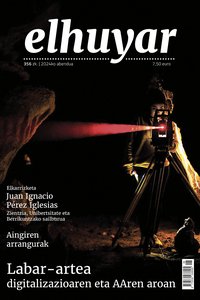The local invader
The use of pastures has changed and this has led to unforeseen consequences in Aezco. A native species, such as albitz grass or albacore, has become invasive.
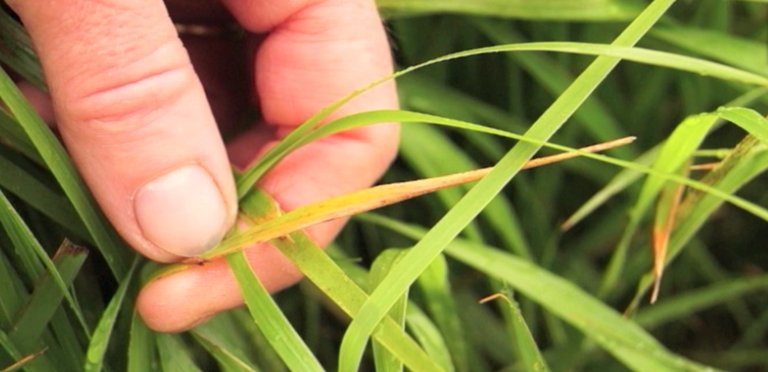
The starting point is the old “ola” of Orzeta, the destination, the popular grasslands used by the valleys of Aérica and Garazi. The green fields around the harp have a natural appearance, but an invasion is taking place. The herb called brachypodium pinnatum is perhaps best known as albitz-herb or alka-herb. He's not a stranger. Normally, in a healthy pasture, it grows together with 30 or 40 other species in equilibrium, but here it is alone. This species has become invasive
ROSA MARIA CANALS; researcher, NUP: This is a grass tepe, so it's called a clean sample.
IÑAKI LETURIA; Elhuyar: How should you call us the Mayor? The local invader? At least what he does is expel the species around him.
ROSA MARIA CANALS; researcher, NUP: Using the word "invader" could cause problems. The invasion has been associated with species that come from outside, from a different environment, but now it is what you are seeing, and there is more and more research and publications about it, besides that there are native species that, due to a change in customs or climate, become invaders in the environment that they own.
The team of Prof. Rosa María Canals encountered this strange situation when she was working on the organizational plan for the pastures of the Valle de Aécoa. They have spent four years in search of the change that has made the albacore invasive and along the way they have discovered another problem besides the albacore: the degeneration of the pastures that comes as a result of the proliferation of the bush, the lobster and the bush. There is a direct relationship between the two and the element that connects them is fire.
This area was burned 3 months ago to face another type of invasion. The Ote soon eats underutilized pastures and as has always been done in this part of the Pyrenees, fire is the easiest resource.
ROSA MARIA CANALS; researcher, NUP: It is a habit that has always been done, and continues to be done, but the fact is that the uses of pastures have changed.
IÑAKI LETURIA; Elhuyar:And it works?
PATXI ZABALZA; cattle herder: Well, you have to help him a little by putting the cattle in and forcing them to feed on it, otherwise it gets dirty again immediately.
Patxi Zabalza is a cattle herder and has seen how the pastures have been lost. But it’s not just the Aegean problem, it’s happening all over Europe. The reduction of livestock, intensive livestock farming, the increasingly scarce diversification of herbivorous animals, the disappearance of pastoralists are all factors that result in the exploitation of some pastures and the re-abandonment of others and the feeding of the baskets.
PATXI ZABALZA; cattle herder: Before there were sheep in the pasture, there were more shepherds and they came here, and of course there was less tea. The cattle are different now, they graze in other places and this gets dirty. You can't even get in two years.
Fire is the easiest and cheapest way to deal with the Ode. It's been burned and then the cattle have walked around here. The cows have stepped on the burnt basket, preventing it from growing again, and holding it there, as a measure of pressure, the cattle will also eat the soft spring shoots of the basket. But cattle herders don’t want to have hungry cattle and few do this. Thus, the teat will re-open and the field will have to be burned back.
The fire not only burns the bushes, but also fertilizes the soil, mineralizing the organic matter. In these samples this will be measured, how the chemical and microbiological composition of the soil changes. After the fire, the level of phosphorus, potassium and nitrogen rises. Nitrogen is one of the main nutrients in plants.
Researchers are conducting experiments on these closures located on rooftops. The effect of smoking on pastures is being measured. For this they have acted with a combination of different situations: fields grazed by cattle after they have been burnt, ungrazed, unburnt areas, etc. They study, for example, the evolution of vegetation.
LETICIA SAN EMETERIO; researcher, NUP: We burned down this plot. In this case the cattle walked after being burned and we want to measure the effectiveness of it, comparing it with what has remained inside the enclosure. There hasn't been any cattle inside, and we want to see what's best to keep the lobster from coming out again. What we measure, in this square, is the percentage of coverage of ulex or oat and other species.
ROSA MARIA CANALS; researcher, NUP: We are confirming an idea with the research work of these years and it is that smoking is a punctual action to eliminate aerial vegetation, but then if the cattle does not do a sowing work, called biological sowing, and if it is not a continuous action, the lobster will also come back.
The studies have finally confirmed, scientifically, what Patxi and many other cattle breeders suspected, that the changes in the exploitation of pastures have caused the new landscape.
RAFAEL LARRAÑETA; cattle farmer: There was a time when there was a shepherd, a horseman or cowboys who took care of the cattle and took them from one pasture to another in search of the best food and to feed the pastures well, to provoke them. Today the cattle have gone down, they go where they want on their own and that’s where the spread of the lobster and the sasia, the alca
In the soil fertilized by fire, the particularly preferred nutrient is ammonium, together with glycine or nitrate, all of which contain nitrogen compounds. What they want to know in this essay is whether the new context is an advantage for the alk. You want to know which spices make better use of the ammonium that is abundant after the burns.
ROSA MARIA CANALS; researcher, NUP: In these solutions we have three nutrients, nitrogen in the form of ammonia, nitrate and glycine. We will use the same doses as the three but in this case we have isotopically labelled ammonium and not nitrate or glycine.
After 48 hours of injection into the soil, the roots and leaves will be cut and examined to see how it has been absorbed. In this case they are measuring the potential of a grasses called Festuca rubra, another species that comes out a lot in the fields.
ROSA MARIA CANALS; researcher, NUP: The burned soil, this plant-free environment, is a window full of possibilities for the diffusion of new species and if someone better proves this ammonium, it will give him an advantage.
The answer is these fields. Yes, the alca or albitza herb has the advantage of a state that stops after smoking, since it is a species that better absorbs ammonium. But this expansion is not only explained by this reason: it has powerful rhizomes to grow and then remain in it. In them he keeps food and in spring he is born faster than anyone. At first it is soft and eaten by the cattle, as witnessed by these bite tips, but then it hardens and dries quickly. It’s all behind this landscape.
How to prevent the spread of albita or alka? The research provides some clues. If there is an early introduction of cattle and resistance in case of pressure when it is soft. On the other hand, in order to solve the problem of the mole, researchers are already making attempts.
ROSA MARIA CANALS; researcher, NUP: What we want to achieve in the end is a humanised landscape that combines forests with pastures, etc., this is a fire insurance, control of biomass fuel, something that should not be forgotten in the scenario of climate change that we are experiencing.
The path can be to recover the burns and the acts followed by the pastoralism of yesteryear. The game is not just about getting healthy pastures.
Buletina
Bidali zure helbide elektronikoa eta jaso asteroko buletina zure sarrera-ontzian


